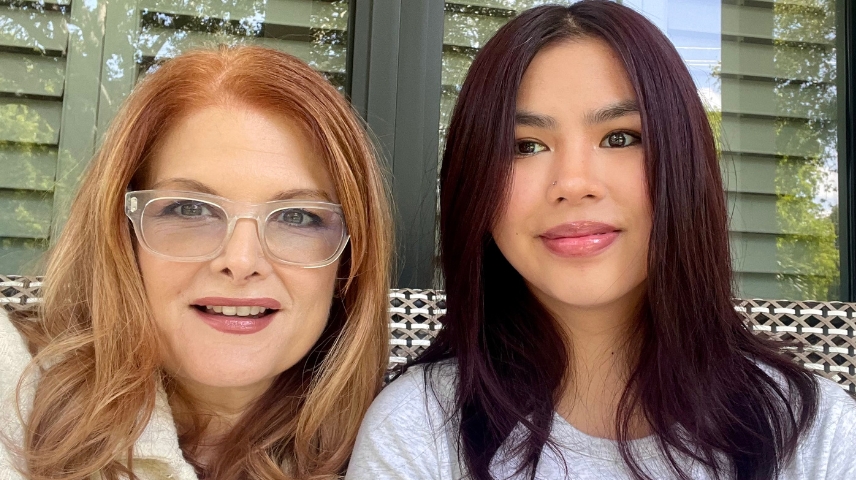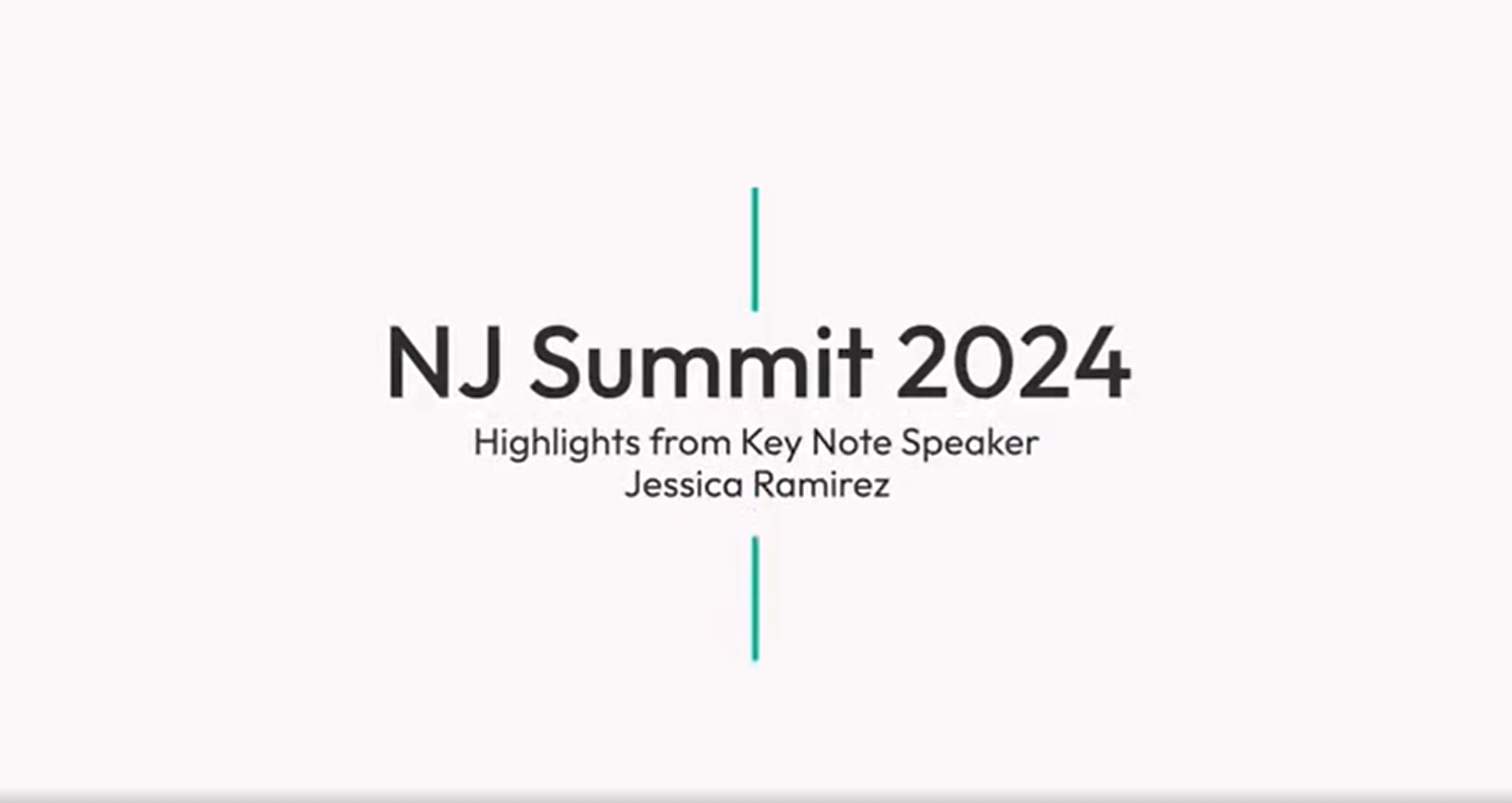Celebrating AAPI Heritage Month: A Focus on Health Equity
By Maria Perrin on May 22, 2024

Enjoying a beautiful day with my daughter, Jade.
May is Asian American and Pacific Islander (AAPI) Heritage Month. As we recognize the many contributions to science, the arts, sports, and politics made by this group, it’s important to also recognize the significant healthcare inequities that they continue to face.
Understand the Demographics
Asian American and Pacific Islander people are a hugely diverse group from many countries (around 30 to over 70, depending on who you ask) ranging from China to Turkmenistan to Thailand to India. They are among the fastest-growing populations in the United States, increasing from 20.6 million in the 2020 census to 24 million in 2023.
An Elephant in the Room
This group is affected by some diseases at greater rates than others, however, many health studies are compromised by aggregation of data. When a group is this large and diverse, lumping them together creates a homogeneity that weakens the value of the findings.
For example, although AAPI women as a group have lower overall cervical cancer rates, Vietnamese American women have the highest rate of any ethnic group in the United States—over five times that of white women.
The aggregation issue was recognized in the 1990s, a few years after the 1985 publication of the pioneering study of minority health disparity, the Heckler Report. Advocates have been lobbying for data disaggregation ever since, and today the NIH’s ambitious All of Us program aims to capture health data at an extremely granular level.
It’s important to keep this in mind as we discuss the cohort, and we should also acknowledge the ongoing discussion about the AAPI label itself.
Healthcare Barriers and Social Determinants
Language and Health Literacy
Limited English proficiency is a barrier for many AAPI immigrants. While more than 80% speak English well, five percent don’t speak it at all. That’s more than half a million people who may have significant problems communicating with their providers. And competency in English doesn’t always mean speakers are comfortable navigating the jargon -and complexities of our healthcare system.
Scarcity of translators is another serious issue. There are thousands (yes, thousands!) of languages in the Asia-Pacific region, making it extremely challenging, and often impossible, to find translators for many of them. Even if we look only at the most common language in the group, Chinese, we find only 388 Mandarin and 177 Cantonese certified medical interpreters for over 900,000 Chinese speakers with limited English skills. Of the few who do become medical interpreters, some move on to other positions in the medical field.
Cultural Influences
In lots of countries, people only see a doctor when they are ill. Annual checkups and routine preventative care aren’t the norm in many places outside the United States. Women from some communities tend to only visit an OB/GYN if they become pregnant. One survey respondent said
People don’t have the habit of visiting doctors on a regular basis to have blood test or urine test. They don’t take preventive actions, and they don’t tell until the problem becomes very bad.”
Western healthcare is also very different from the traditional medicine that many AAPI people prefer, and AAPIs are less likely than whites to report positive interactions or feel understood by their providers.
Serious mental illness is on the rise in 18-25 year-olds (AA/NHOPI), yet AAPIs are the least likely of any racial group to seek treatment. Stigma and confidentiality concerns are given as the main reasons for this.
Insurance Gaps
AAPIs are less likely than whites to have health insurance, but we need to be mindful of data aggregation. While 17% of Asian Americans are without coverage overall, 31% of Korean Americans in that group are uninsured. Even those with insurance can be reluctant to seek care due to high out-of-pocket expenses, including costly prescription drugs.
Transportation Challenges
Many people of all races, especially seniors, don’t have access to transportation to get to appointments. Taxis and ride-share services are expensive, and using public transportation can be daunting without fluency in English.
COVID-19 and Racism
The pandemic fueled a rise in violence and discrimination against Asians. This led to a disproportionate number of Asian Americans losing their jobs and health insurance, and contributed to 15% of the group reporting being denied healthcare due to discrimination.
Unconscious bias impacts health disparities for all races; and discrimination compounds the effect.
Success Stories
We’re painting a grim picture, but community-based initiatives have proven to be an effective means of countering many of these problems. A good example is the Asian Health Services organization in Oakland, California, which focuses on providing health, social, and advocacy services with cultural and linguistic sensitivity.
The American Pacific Health Foundation use mobile clinics, outreach, and education to increase screening and vaccination rates to lower incidents of hepatitis, diabetes, hypertension, high cholesterol, osteoporosis, and eye problems.
The Asian Health Coalition use community engagement and data-driven programs to advance the health of Asian American population in Montgomery County, Maryland.
The Asian American Federation improves the well-being of the pan-Asian American community through research, government advocacy, increased public awareness, and support for nonprofits.
Policy Recommendations
These community-based projects are terrific ways to improve AAPI health equity, but to bake solutions into the system, we need state and federal lawmakers to get their pens out.
A (far from exhaustive) list of helpful policies might include:
- Reduce language barriers by providing incentives and funding for both certified healthcare translators and ESL programs.
- Expand multi-lingual care by mandating federally funded facilities to provide adequate translation and interpretation services.
- Require provider and support staff to undergo cultural competency training to improve understanding and respect for diverse AAPI populations.
- Increase funding to community-based organizations already working on these problems.
- Tackle AAPI-specific social determinants of health.
- Increase use of preventative care services through greater availability, and outreach and education to address cultural hesitancy.
- Improve data collection and disaggregation by requiring health systems to gather detailed information about the health needs of the many subgroups falling under the AAPI designation.
Towards Equity
As we celebrate Asian American and Pacific Islander Heritage Month, I encourage everyone to engage with and support AAPI communities. Learn more about health equity and get involved with grassroots organizations working to make an impact at the local and federal level. Find out what your politicians are doing to help and give them a nudge if needed.
Let’s work to make sure that all Americans have access to the phenomenal healthcare that our country can offer.




